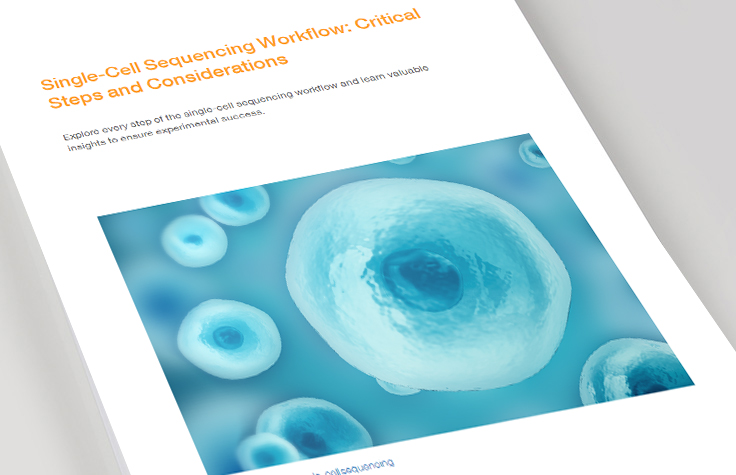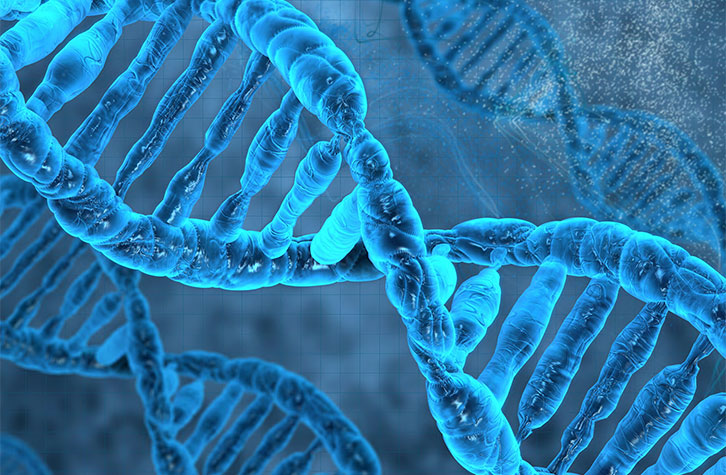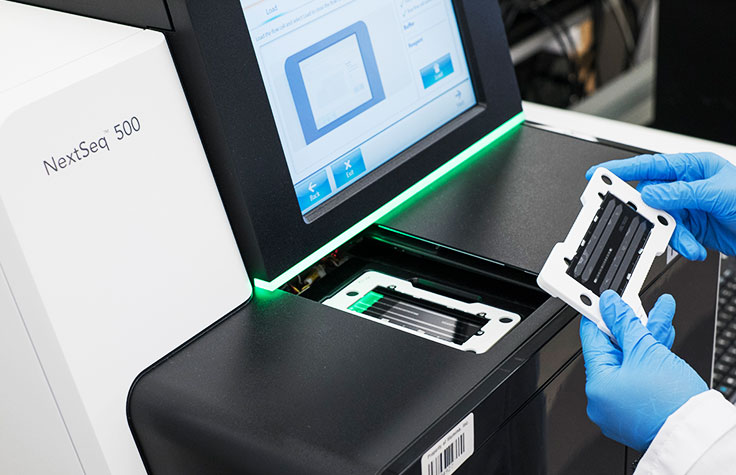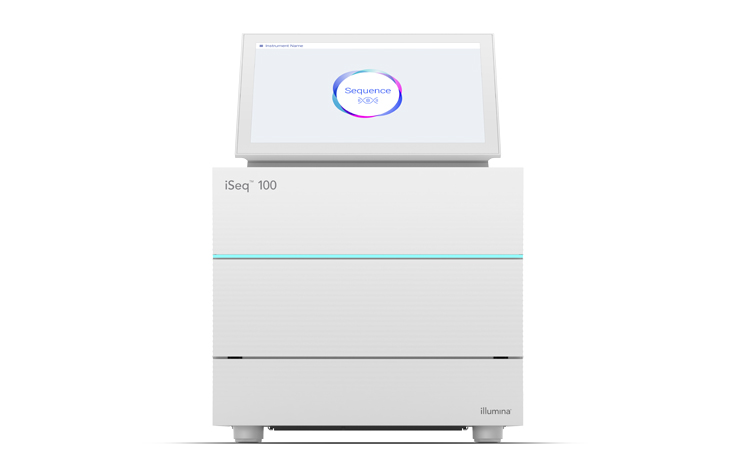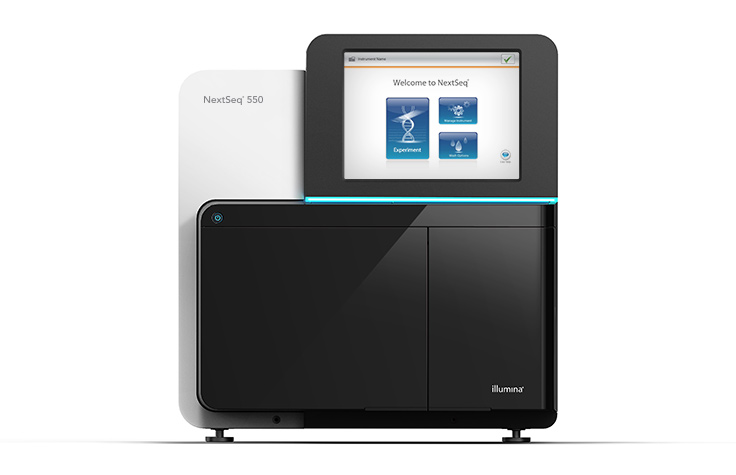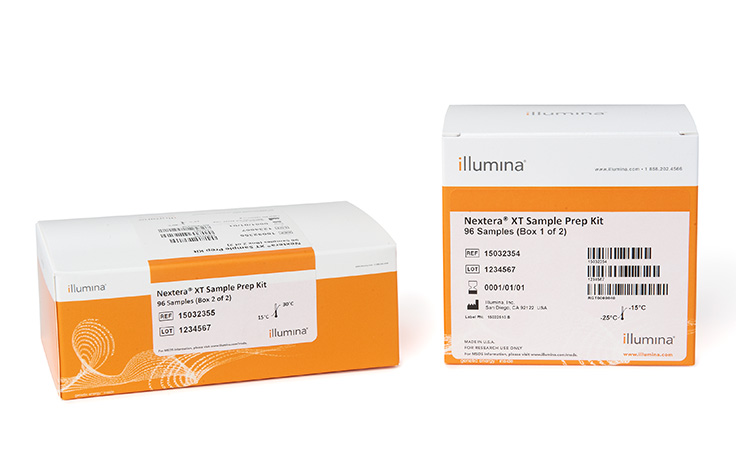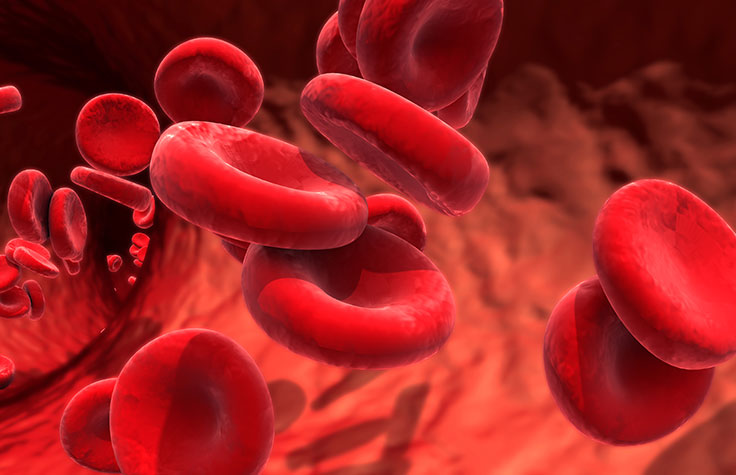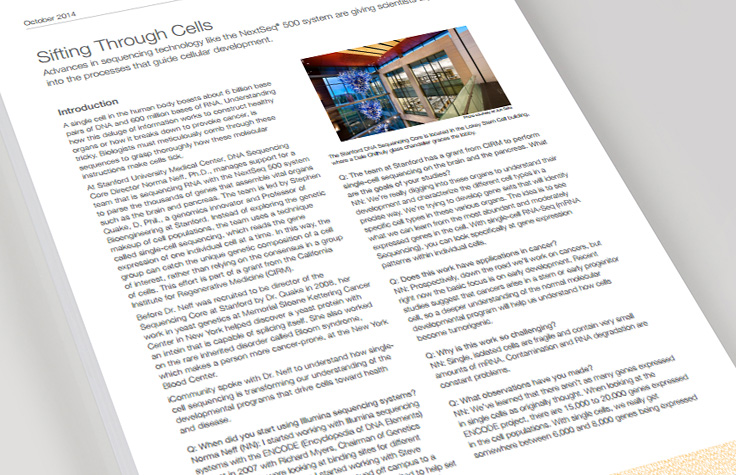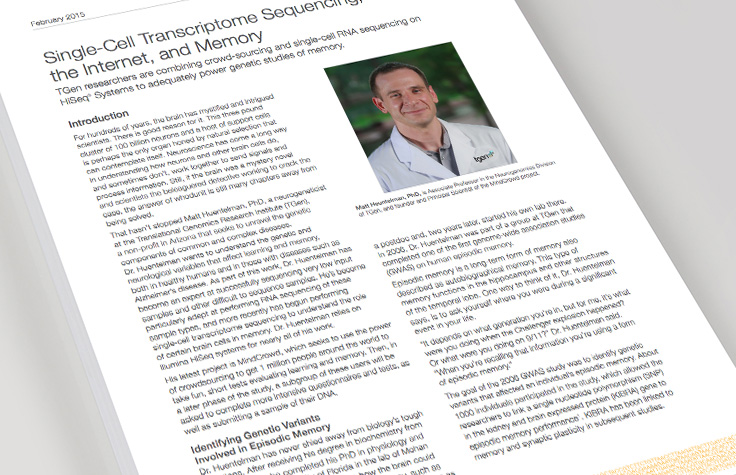Single-Cell and Ultra-Low-Input RNA-Seq
Introduction to Single-Cell RNA Sequencing
Complex biological systems are determined by the coordinated functions of individual cells. Conventional methods that provide bulk genome or transcriptome data are unable to reveal the cellular heterogeneity that drives this complexity. Single-cell sequencing is a next-generation sequencing (NGS) method that examines the genomes or transcriptomes of individual cells, providing a high-resolution view of cell-to-cell variation.
Highly sensitive ultra-low-input and single-cell RNA sequencing (RNA-Seq) methods enable researchers to explore the distinct biology of individual cells in complex tissues and understand cellular subpopulation responses to environmental cues. These assays enhance the study of cell function and heterogeneity in time-dependent processes such as differentiation, proliferation, and tumorigenesis.
Advantages of Single-Cell RNA-Seq
Single-cell and ultra-low-input RNA-Seq are powerful tools for studying the transcriptome in an unbiased manner from minimal input.
- Robust transcriptome analysis down to single-cell input levels for high-quality samples
- Integrated protocol proceeds directly from whole cells and preserves sample integrity
- High resolution analysis enables discovery of cellular differences usually masked by bulk sampling methods
Single-Cell Sequencing Workflow Considerations
Want to learn valuable insights about the single-cell sequencing workflow?

Single-Cell Research Review
See an overview of peer-reviewed publications using Illumina technology for single-cell sequencing.

Single-Cell Sequencing and Analysis Workflow Video
Single-cell sequencing can reveal the cell types present and how individual cells are contributing to the function of complex biological systems. See how you can use the Illumina workflow for single-cell sequencing, from tissue preparation through analysis.
Single-Cell Sequencing Approaches
Quality Control for Single-Cell Sequencing Experiments
Learn best practices for preparing cell suspensions with sample preparation solutions from Miltenyi Biotec.
View WebinarEmpowering Single-Cell Experiments with Multiplexing
Researchers from UCSF discuss MULTI-Seq, a sample barcoding strategy for single-cell and single-nucleus RNA sequencing.
View WebinarCombinatorial Single-Cell Technologies
We highlight several applications of fully supported workflows that can take you from single-cell suspensions to analyzed data.
View WebinarSingle-Cell RNA Data Analysis
The DRAGEN Bio-IT Platform now features a single-cell RNA pipeline that offers a cell-by-gene-expression matrix output starting point for downstream single-cell analysis.
Key features include:
- Ultra-rapid: Analysis times less than 40 minutes for ~8000 cells with > 1 billion reads**
- Widely compatible: Supports a wide range of input library types, giving a common output of cell-by-gene-expression matrix compatible with downstream analysis tools
- Efficient: Goes from BCL files to quantified expression per cell with a single tool

Single-Cell RNA-Seq is Advancing Insights in Developmental Biology
Cole Trapnell, PhD, is the principal developer of TopHat, Cufflinks, and other widely used bioinformatics tools. He shared with us his views on the importance of understanding cell lineage, his lab's experience with single-cell RNA sequencing, and his application of combinatorial indexing.
Read InterviewSingle-Cell Sequencing Applications
Single-Cell Sequencing Products

The Weizmann Institute Uses NovaSeq for Single-Cell Research
By analyzing one cell at a time, Professor Amit is improving our understanding of biological systems in health and disease.
Read Article
Exploring the Tumor Microenvironment
Single-cell sequencing proves invaluable in detecting intracellular communication in tumors.
Read Interview
Single-Cell RNA Sequencing in Immunotherapy Research
Swetha Anandhan from the MD Anderson Cancer Center joins Illumina and 10x Genomics for this webinar. She highlights the use of single cell RNA-sequencing to identify a unique population of macrophages in glioblastoma multiforme that persists after treatment with immune checkpoint inhibitors.
View WebinarHigh- and Low-Throughput Methods
Single-cell sequencing methods can be distinguished by cell throughput. Low-throughput methods include mechanical manipulation or cell sorting/partitioning technologies and are able to process dozens to a few hundred cells per experiment.
Recent advances in microfluidic technologies have enabled high-throughput single cell profiling where researchers can examine hundreds to tens of thousands of cells per experiment in a cost-effective manner. Both the high- and low-throughput methods utilize Illumina sequencing by synthesis (SBS) chemistry, the most widely adopted NGS technology, which generates approximately 90% of sequencing data worldwide.*
High-Throughput Workflow for Ultra-Low-Input and Single-Cell RNA-Seq
Gain valuable insight into gene expression with this sensitive, scalable, and cost-effective high-throughput workflow.
Related Solutions
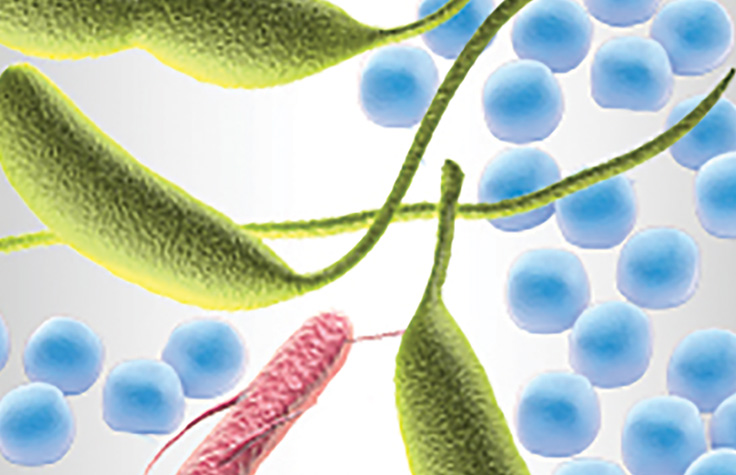
Marine Biology: Uncover Hidden Diversity
Researchers at Bigelow Laboratory for Ocean Sciences use single-cell RNA sequencing to study bacteria inhabiting the surface layers of the ocean. Learn more about single-cell RNA-Seq in marine research.
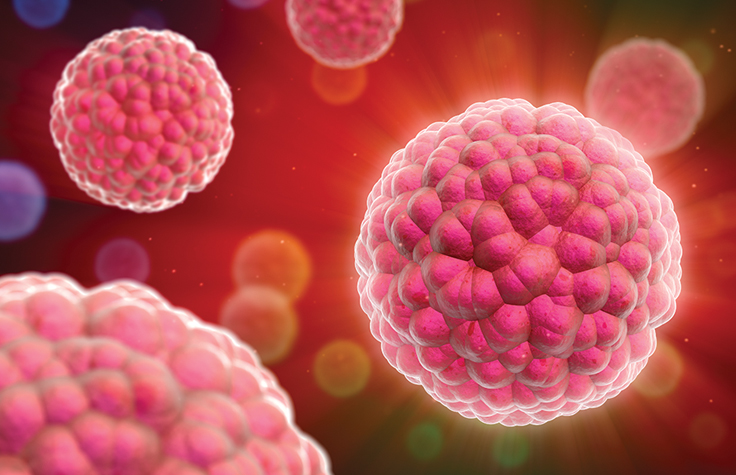
RNA-Seq for Cancer Research
Evaluating transcriptome profile differences within tumor regions can enhance researchers' understanding of relapse and metastasis. Learn more about cancer RNA-Seq.
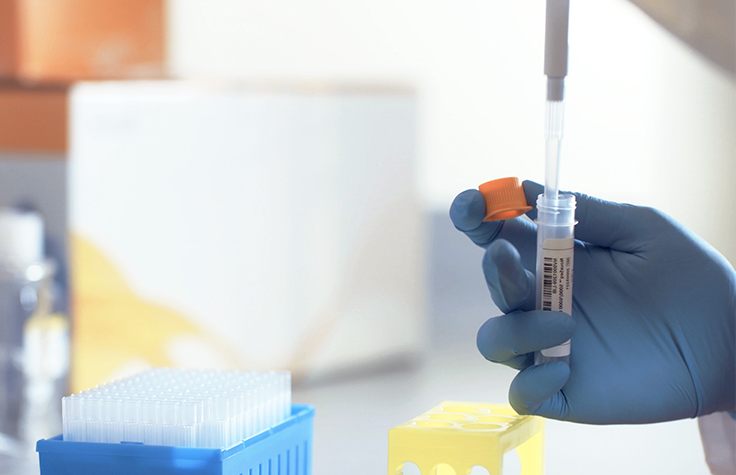
ATAC Sequencing
ATAC-Seq is a widely used method that uses the hyperactive transposase Tn5 to assess chromatin accessibility. It can be performed on single cells at high resolution. Learn more about ATAC-Seq.
Frequently Purchased Together
Single-Cell Interviews and Publications
Analysis of Single-Cell RNA-Seq Identifies Cell-Cell Communication Associated with Tumor Characteristics
Researchers used single-cell RNA-Seq to characterize cell-to-cell communication via ligand-receptor interactions across cell types in a tumor microenvironment.
Read PublicationHuman haematopoietic stem cell lineage commitment is a continuous process
Researchers used single-cell RNA-Seq to demonstrate that hematopoietic stem cell lineage commitment is a gradual process without differentiation into discrete progenitors.
Read PublicationAging increases cell-to-cell transcriptional variability upon immune stimulation
AResearchers used single-cell RNA-Seq to explore the effects of aging on the immune system, observing that age-related cell-to-cell transcriptional variability is a hallmark of aging.
Read PublicationInterested in receiving newsletters, case studies, and information on sequencing methods? Enter your email address.
Additional Resources
**Data calculations on file. Illumina, Inc., 2020
